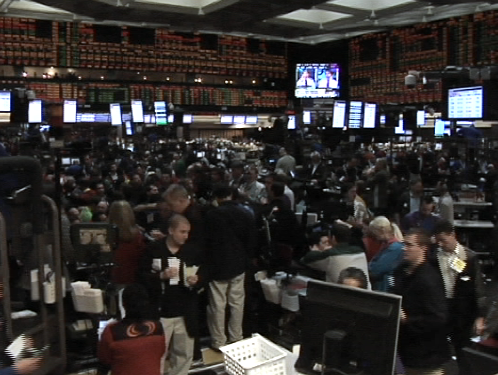
Amid pressure from the nation's largest grain association and "significant feedback," the CME Group Inc. backed off a proposed plan to extend trading hours in grain futures and options, but only by one hour. The amendment, which still has to be approved by the U.S. Commodities Futures Trading Commission before the Sunday start-up date, reduces the originally planned 22-hour electronic trading day to 21 hours.
CME Group's expansion of electronic trading hours comes just weeks after its competitor, IntercontinentalExchange, began around-the-clock trading of grain products.
The National Grain and Feed Association has voiced concern over the extended hours, claiming there was insufficient time to close out and reconcile floor-trading activities and perform the required accounting and other back-office functions before electronic trading reopens.
In addition, the association and grain traders object to electronic trading at 7:30 a.m., when major U.S Department of Agriculture crop reports and other data are released. The group says the availability of electronic trading during the release of the reports could lead to "extreme volatility."
"We look forward to continuing to discuss with the CME Group, other exchanges and other parties possible ways to address industry concerns about USDA reports being released during market hours," said Randall C. Gordon, acting president of the National Grain and Feed Association.
Next month, CME Group plans to change the way grain futures contracts are settled by using prices from both the pit and from electronic trading.
With the news of extended trading hours in the grain and soybean complex and plans in June to incorporate both electronic trading and pit prices in daily price settlement procedures in, a growing number of traders on the floor are questioning the intent of the exchange.

Next month, CME Group plans to change the way grain futures contracts are settled by using prices from both the pit and from electronic trading.
"I would like to know if the exchanges are taking into consideration all the market participants," said Greg O'Leary, owner of GX Trading.
Traders contend the exchange is concerned about retaining high-volume algorithmic traders in light of stepped-up competition from ICE.
"There is a feeling that the exchange [CME] has abandoned its original purpose... that they are driven solely by stock price and thus become beholden to the high-frequency traders, who provide "an enormously huge revenue stream," argued Kelly King Taylor, who is an independent floor broker.
Two organizations have sprung up in protest of the CME's proposals -- protectagfutures.com and savethefloor.com.
The exchange initially planned a transition to the new settlement procedures for both grains and livestock futures in March and then in April but that plan was met with strong opposition from floor traders and the aforementioned groups.
"Initially when electronic trading started, it gave all players access to the marketplace with a computer, argued Heather Koch, director of protectagfutures.com. "It wasn't supposed to be this mathematical model determining food prices."
This article was first published at www.medillmoneymavens.com.